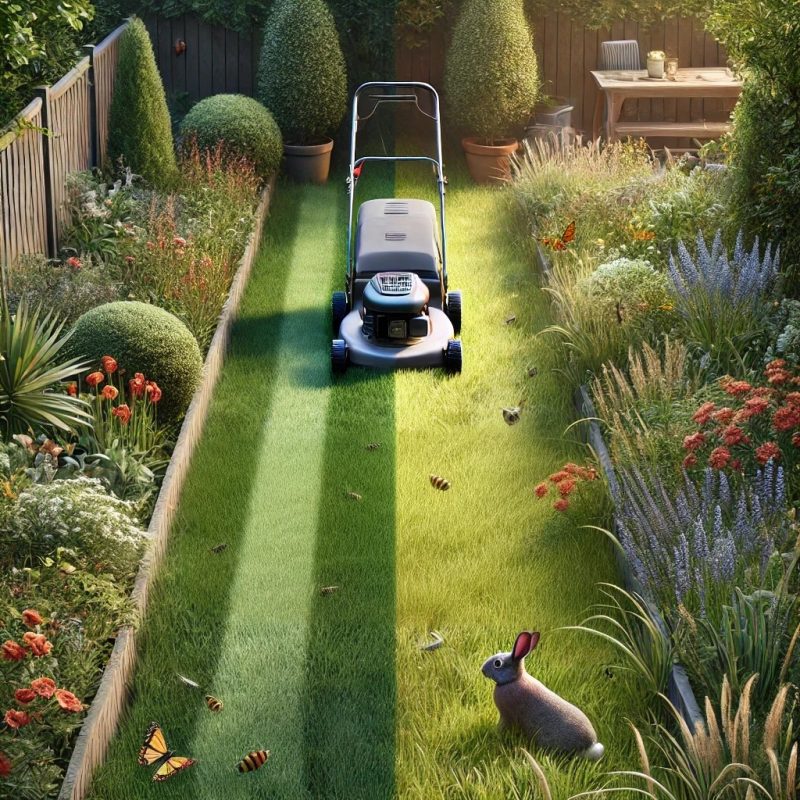Gardening Tips
To Mow or Not to Mow in May: Pros and Cons
Every morning you step onto the lawn, coffee in hand, and whisper to yourself, “Should I mow?” The grass is lush, the birds are singing, and the calendar insists it’s time. But as you eye the mower, the same question comes to mind: “Should I mow?” This article unravels the pros and cons of grass cutting in May, helping you answer that persistent question once and for all.
The Case for Early Grass Cutting
“Should I mow?” you ask as the lawn reaches a crisp two inches. One advantage of timely grass cutting is that it keeps weeds at bay. Closer cuts starve dandelions and clover of sunlight, limiting their spread. Answering “Should I mow?” now can result in a cleaner, more uniform green carpet.
- Healthier Turf: Regular grass cutting encourages lateral growth, creating a denser sward that resists disease and foot traffic.
- Spring Tidy: Early season mowing trims away dead blades, allowing fresh shoots to emerge. Answering “Should I mow?” in May often yields the year’s first crisp, clean lines.
- Pest Control: Shorter grass makes it easier to spot pests like leatherjackets or army worms before they decimate blades.
With these benefits, it’s tempting to say yes to “Should I mow?” and fire up the mower as soon as the lawn shows signs of life.
The Case Against Early May Mowing
Yet another voice inside your mind counters: “Should I mow?” What about the downsides of grass cutting in mid-spring?
- Wildlife Refuge: Longer grass shelters pollinators and harmless insects. By delaying grass cutting, you nurture bees, butterflies, and ground beetles.
- Flowering Diversity: Allowing a patch of lawn to grow further supports wildflowers. When you ask, “Should I mow?”, remember you might lose daisies and many other delicate flowers, all of which deserve their moment in the sun and add beauty to your garden.
- Moisture Retention: Taller grass shades the soil, reducing evaporation. Early grass cutting can dry out roots and stress the turf during dry spells.
For many gardeners, these ecological benefits outweigh the desire for a manicured lawn. So, when you next wonder, “Should I mow?”, consider giving nature a head start.
A Middle Ground: Strategic Grass Cutting
Perhaps the best answer to “Should I mow?” lies between extremes. Strategic grass cutting balances neatness and biodiversity.
- Rotational Mowing: Mow one half of the lawn this week, the other half the next. You keep paths clear and leave sanctuaries for insects. Each time you wrestle with “Should I mow?”, choose a different zone.
- Vary the Height: Set your mower blade higher in May. For example: a 3 or 4-inch cut maintains lawn health and keeps weeds manageable. Next time you whisper, “Should I mow?”, recall that a simple blade adjustment can satisfy both order and ecology.
- Create Meadows: Dedicate a corner for wild growth. Let that quadrant skip grass cutting entirely until late summer, offering a continual bloom for wildlife watchers.
When grass cutting feels like a chore rather than a choice, adopting this middle ground eases guilt and preserves garden life.
Timing and Technique
“Should I mow?” also depends on weather and technique. Mowing during wet or very dry conditions risks soil compaction or blade scorch. Aim for calm, dry mornings when dew has evaporated.
- Sharp Blades: Dull blades tear, inviting disease. Before your next grass cutting session, sharpen or replace blades.
- Clean Equipment: Grass clippings cling to greasy decks. Cleaning your mower before deciding “Should I mow?” ensures a cleaner cut.
- Grass-cycling: Leave finely chopped clippings as mulch. They decompose quickly, feeding the soil. Next time you mull “Should I mow?”, remember that grass clippings can be a free, natural fertiliser.
These small steps enhance each grass cutting event, turning a routine chore into a ritual of care.
Weed Control and Lawn Health
As you ponder “Should I mow?”, recall that consistent grass cutting in May pairs well with targeted weed control. Applying corn gluten meal or selective herbicides can reduce dandelions without harming grass.
- Edge Care: Trimming borders gives that fresh, finished look without over-mowing the central lawn. When you next consider “Should I mow?”, include edging in your routine.
- Soil Testing: A healthy lawn rests on balanced pH and nutrients. Spring soil tests guide fertilisation, so your grass cutting complements robust turf growth.
With those measures, saying yes to “Should I mow?” becomes more than mere maintenance – it’s a comprehensive lawn strategy.
Reflecting on the Question
By now, you’ve asked “Should I mow?” more times than you can count. You’ve weighed the benefits of early grass cutting against ecological considerations, explored middle-ground approaches, and refined techniques for optimal lawn health. Each time the question arose, you discovered a deeper understanding of your garden’s needs and seasonal rhythms.
Final Answer: To Mow or Not to Mow?
So, “Should I mow?” If you crave the crisp lines of a manicured lawn and want to encourage healthy turf, go ahead – but raise the blade and rotate your mowing zones. If you cherish biodiversity and want to support emerging pollinators, hold off on grass cutting in May and let your lawn bloom.
In the end, answer “Should I mow?” with intention: combine timely mowing, wildlife-friendly margins, and mindful technique. That balanced approach delivers a lawn that delights the eye, nourishes the soil, and honours the subtler, untamed beauty of spring.
And once you’ve made your mowing decision, an Intelroll awning offers retractable shade so you can relax and admire your lawn’s fresh finish in cool comfort.
Thank you for reading our article – To Mow or Not to Mow in May: Pros and Cons

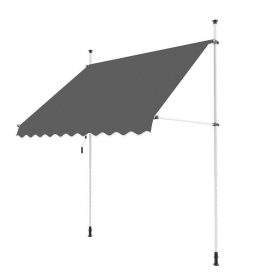 INT100 – Balcony
INT100 – Balcony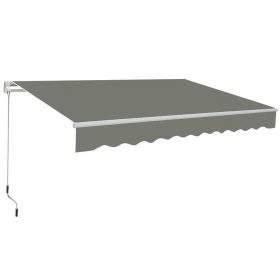 INT200 – No Cassette
INT200 – No Cassette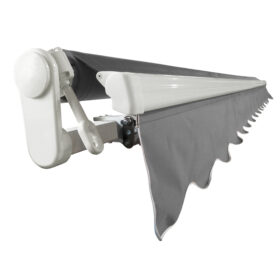 INT300 – No Cassette
INT300 – No Cassette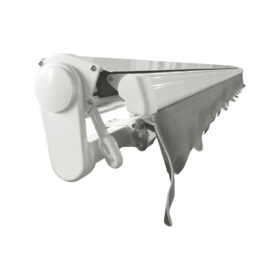 INT400 – Half Cassette
INT400 – Half Cassette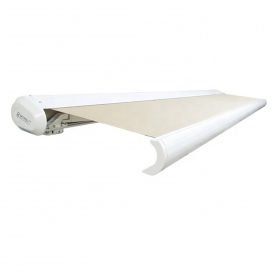 INT500 – Full Cassette UK
INT500 – Full Cassette UK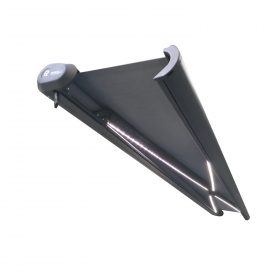 INT500 – Full Cassette – USA
INT500 – Full Cassette – USA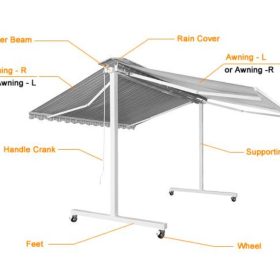 INT650 – Free Standing+
INT650 – Free Standing+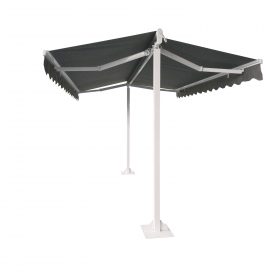 INT600 – Free Standing
INT600 – Free Standing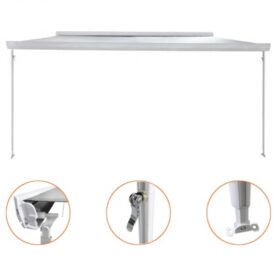 INT700 – Caravan
INT700 – Caravan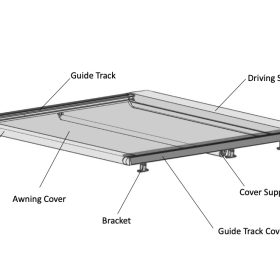 INT800 – Pergola Awnings
INT800 – Pergola Awnings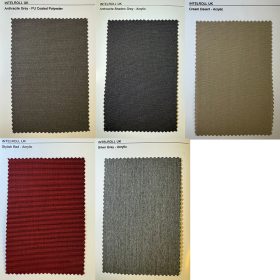 Fabric Samples
Fabric Samples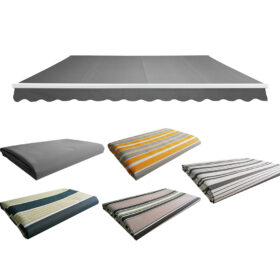 Replacement Fabric
Replacement Fabric Rain Weather Cover
Rain Weather Cover Sun Shade Sail
Sun Shade Sail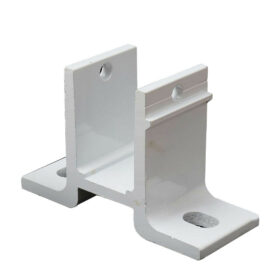 Brackets
Brackets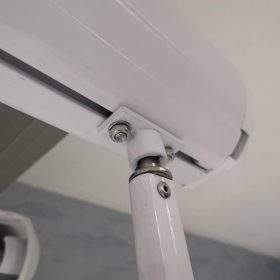 Support Pole Leg
Support Pole Leg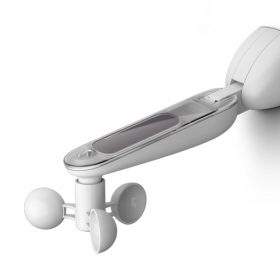 Wind Sun Sensors
Wind Sun Sensors Tension Cable
Tension Cable Electric parts
Electric parts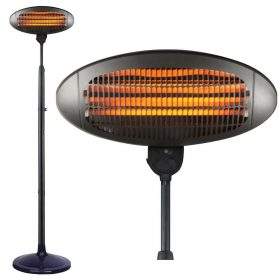 Infrared Heater
Infrared Heater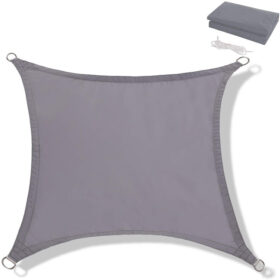 Sun Shade Sail
Sun Shade Sail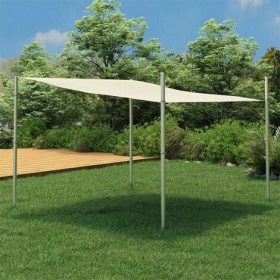 Sun Shade Sail Pole 1.5m – 6m
Sun Shade Sail Pole 1.5m – 6m Fitting Kit
Fitting Kit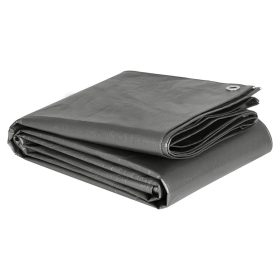 Tarpaulin
Tarpaulin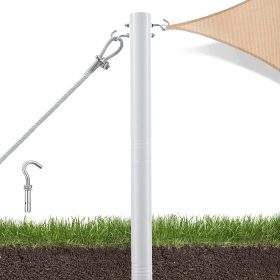 63mm Sun Shade Sail Pole
63mm Sun Shade Sail Pole